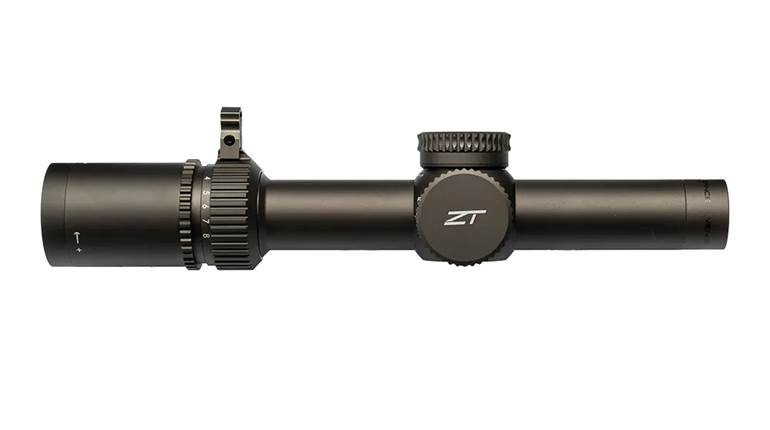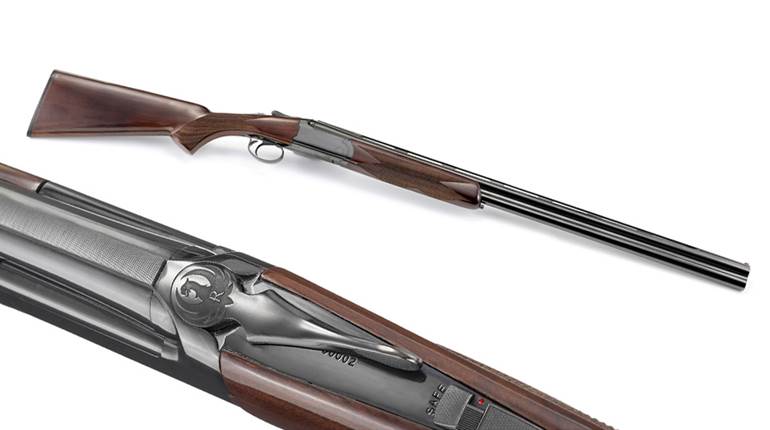 Most folks know Williamsburg to be one of the premiere living-history sites in the nation. What few perhaps realize, however, is in an effort to preserve that history to its most intricate detail, the majority of trades and skills being demonstrated at Williamsburg are done for real. The blacksmiths there are actually forging tools, the wheelwrights are making wheels and the gunsmiths, well, they're making firearms. In this edition of the Preserving the Skills video series, check out the fine art of gunsmithing at Colonial Williamsburg.
Most folks know Williamsburg to be one of the premiere living-history sites in the nation. What few perhaps realize, however, is in an effort to preserve that history to its most intricate detail, the majority of trades and skills being demonstrated at Williamsburg are done for real. The blacksmiths there are actually forging tools, the wheelwrights are making wheels and the gunsmiths, well, they're making firearms. In this edition of the Preserving the Skills video series, check out the fine art of gunsmithing at Colonial Williamsburg. Additional Reading:
Making the American Rifle at Colonial Williamsburg
The Guns of the Colonial Williamsburg Collection
Colonial Williamsburg Fire a Flintlock Musket Program





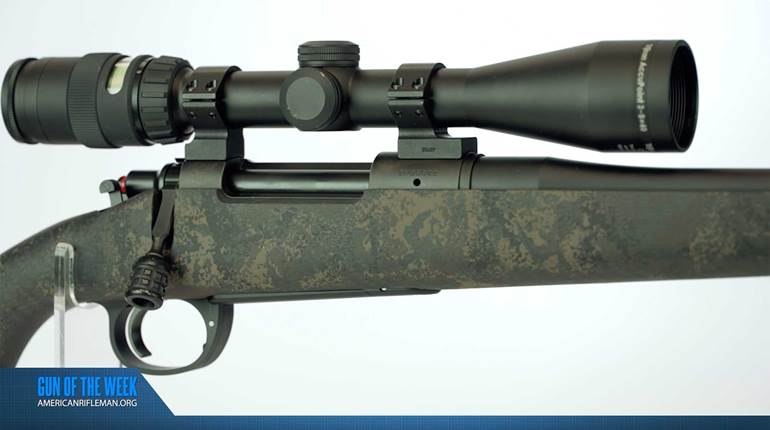
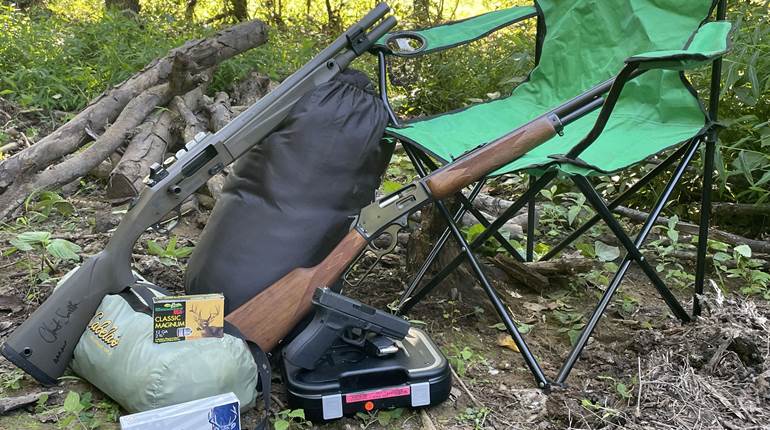
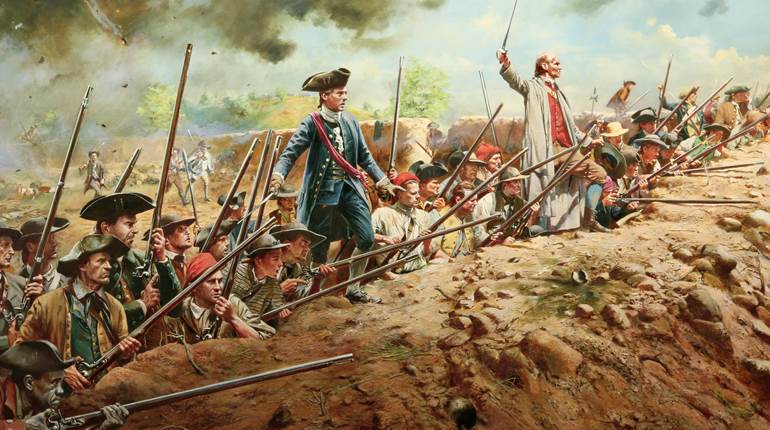
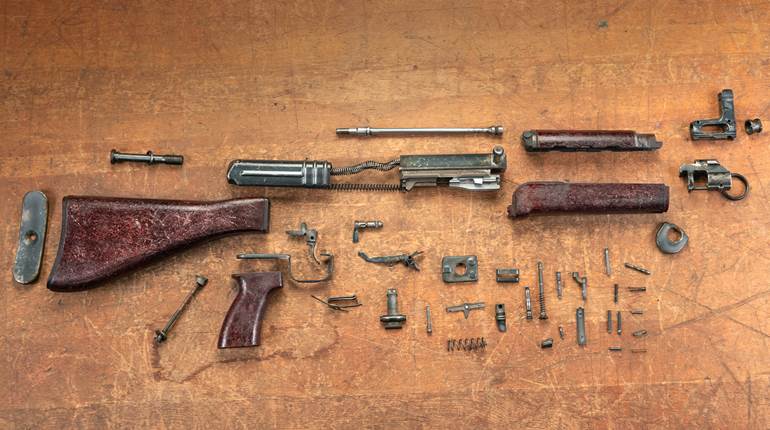







![Winchester Comm[94]](/media/1mleusmd/winchester-comm-94.jpg?anchor=center&mode=crop&width=770&height=430&rnd=134090756537800000&quality=60)
![Winchester Comm[94]](/media/1mleusmd/winchester-comm-94.jpg?anchor=center&mode=crop&width=150&height=150&rnd=134090756537800000&quality=60)




